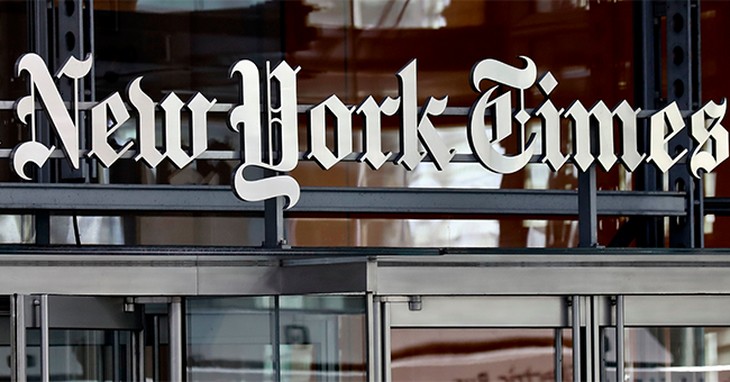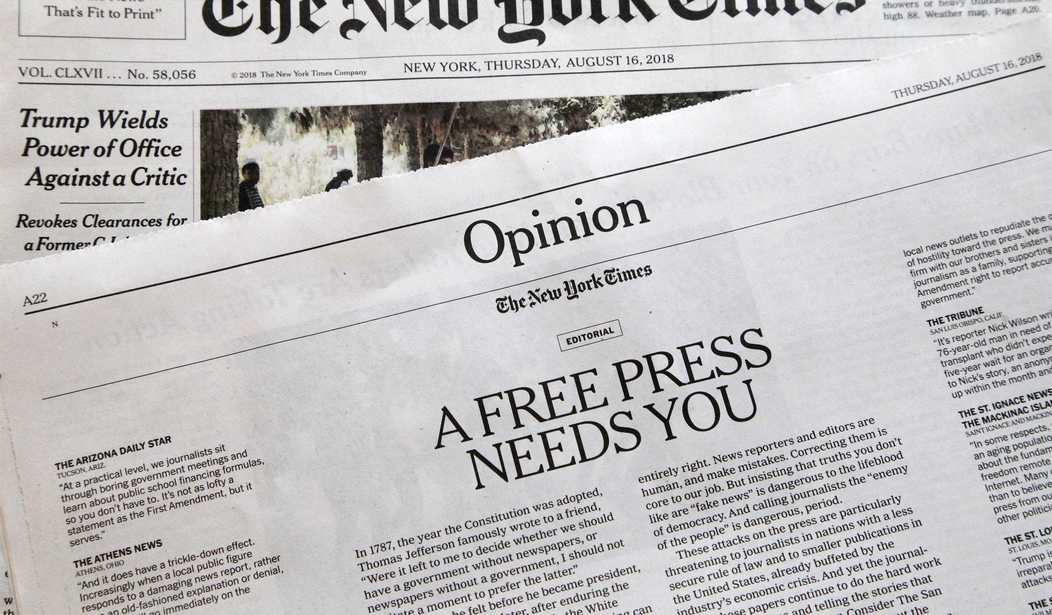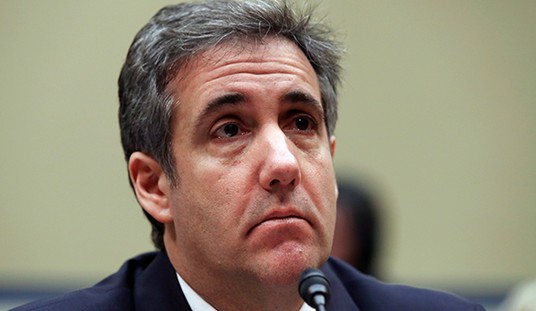Considering the length of time the media spent fawning over the Steele dossier, this will be an arduous process.
Following the big news from the Washington Post last week that the paper was making wholesale changes to its past coverage of the Trump collusion scandal, the New York Times is also addressing the role the press played in this mounting case of embarrassment. As a news organization, they are having a harder time coming to grips with their role, and making the public gestures and moves of correction.
The development in recent weeks of the Durham investigation leading to the indictment of Igor Danchenko has sent tremors throughout the media complex. Danchenko’s charges stem from delivering false testimony to the FBI, and it reveals him as the primary individual supplying the contents of the infamous Steele dossier. This undermines the claims that another man — Sergei Millinian -9 had been the main source of information, and here is where the problems expand for the news outlets.
Millinian was believed to be an outside operative, a foreign businessman with business relationships involving Donald Trump, ingratiating himself to be included in his political inner circle. Danchenko becoming confirmed as that source now established the Hillary Clinton camp as the originators of this alleged information, fed to Danchenko through Fusion GPS, who supplied Steele with the contents. This revelation means the Durham investigation is the second time this document has been exposed as a fabulist creation. The repercussions are widespread.
The media are also stung because of not only adhering to this source for years of coverage, but they were behind entrenching it as a valid document. Many of the largest newsgroups confirmed that Millinian was the name behind the dossier, and now they have been shown to be either willfully corrupt or painfully inept during this coverage. The Post has significantly altered two primary articles on the matter to the extent it has made the rarely-seen decision to republish them. Along with that, at least twelve other articles from its coverage have been changed.
The Times appears less forthcoming. In one piece taking on this new development, Bill Grueskin looks into how the media managed to play this entire story in so wrong of a fashion, but the level of introspection is lacking. The Times had been at the forefront of the reporting, and two of the reporters from that piece — Mark Mazzetti and Matt Apuzzo — were part of the team of journalists from the Times and the Post who were granted the Pulitzer Prize for coverage on the dossier and the ensuing fabricated scandal.

Grueskin hits on many of the elements that prodded the press to keep hounding the story. Obviously, the sheer contempt for Trump by the news industry was the motivator, but there were plenty of justifications to keep the momentum going. Denials from a man they dubbed a serial liar were viewed as practically the same as confirmation, and those covering the story were being lauded and rewarded, either with circulation and ratings, or awards.
Then there was the shift in acceptable standards to keep the story alive; instead of verifying things, the lack of contradictory evidence was regarded as proof. Rachael Maddow famously said, “Some elements of the dossier have been verified. A number remain neither verified nor proven false, but none so far have been publicly disproven.”
Yet the New York Times is slow to address and correct its involvement. Grueskin avoids a primary conduit that is under the roof of the paper. As he calls on outlets to come to terms with their coverage over the years, he opens his piece mentioning how BuzzFeed had been the outlet to print out Steele’s dossier in full. Ben Smith, who approved that decision at BuzzFeed at the time, is now in the employ of the Times. If the paper was at all interested in self-reflection he would be at the front of the line. Yet, Ben remains quiet on the matter, and the paper refers to the printing of the dossier as something another outlet conducted, not one of their own.
The Times seems more occupied with placing culpability on the desks of others. In another piece Bret Stephens gives passing mention to the media looking bad as a result of these revelations — linking to the Washington Post rewrites and not to any NYT works — but then places the focus on the federal cops for this debacle.
Put media criticism aside for a bit. What this indictment further exposes is that James Comey’s F.B.I. became a Bureau of Dirty Tricks, mitigated only by its own incompetence.
This is just weak on many fronts. Blaming the FBI is a laughably bad attempt. Just on first look here, if the feds were acting so horribly, where was the press covering this execution of dirty tricks? If they were so incompetent, how did they elude media scrutiny? We know why. The agency could not have forwarded any of the details of this dossier, and the ensuing Crossfire Hurricane investigation, without media compliance.
The initial FISA warrant was obtained after feeding the dossier to journalists and then giving the reports as corroboration. The press went about verifying that Millinian was the valid source of the dossier. Then you have BuzzFeed printing the contents, something they were fed by the FBI. The press was in bed with the feds on this matter from the start, and they worked to make this fraudulent document a valid source for years.
This tips off how the Times wants to approach this new proof of Steele’s infamous fable. Deflection is the route they want to take, despite the fact that their fingerprints are all over this document they now want to impugn. They also have smudges all over the trophy from the Pulitzer committee for their reporting on this proven fraud.














Join the conversation as a VIP Member